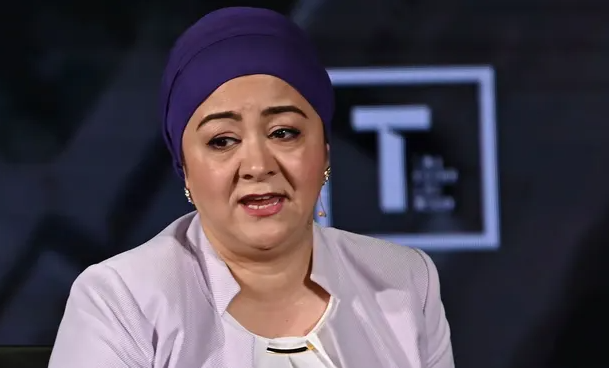A Stone Is Most Precious Where It Belongs is Hoja’s account of that dizzying journey from local celebrity to exiled activist living in the permanent shadow of a superpower’s revenge. It’s also a first-hand testimony of China’s persecution of its Uyghur Muslim minority, which rights groups have described as constituting “crimes against humanity” and which the US designated a genocide in 2021.
Hoja grew up at China’s north-westernmost limits, in the vast arid territory that the state calls the Xinjiang Uyghur Autonomous Region, but that Hoja and many other Uyghurs know as East Turkestan. In the regional capital of Urumqi, her family were “much closer to Kazakhstan than to Beijing”; they spoke Uyghur, a Turkic language written in an Arabic-derived script; followed Islam; and gathered for evenings of traditional music, dance and communal feasting. But even as a young girl, Hoja realised that “there were always two lessons to be learned: what was in the CCP-issued schoolbooks, and then the real history, literature and culture, which could only be learned from people like my father, in private settings and in low voices”.
The facts of that history were so politically dangerous that within China they were erased altogether. Though the Uyghur homeland had been under Chinese military control since the 1750s, through the 19th and early 20th centuries it remained a turbulent and contested frontier. When the People’s Republic of China was established in 1949, the state launched a programme of colonisation by Han majority settlers. Uyghurs were portrayed as culturally and economically backward, exotic curiosities in need of first “civilisation”, then assimilation into the Chinese nation proper.
As a talented musician, dancer and actor from a prominent Uyghur family, in the 1990s Hoja became the attractive face of the minority on Chinese state media. At first, despite her father’s warnings about “good comrades” – Uyghurs who had sold out to the government – she was determined to use her profile to benefit her community. Her memoir describes the horrifying, inexorable realisation, as time went on, that she was complicit in its destruction. In 2001, at the age of 28, she fled to the US and began to work for Radio Free Asia, reporting on human rights abuses in Xinjiang.
The international response has been complicated by China’s far-reaching influence, but the abuses publicised by activists and journalists such as Hoja have increasingly become a PR liability for Beijing. In the past few years, China’s policy in the province has shown modest signs of change. It has claimed since 2019 that the detention camps have been closed; and in late 2021 the party official who oversaw the worst of the crackdown was removed. A recent report found the Chinese government was using Uyghur social media influencers – “young women from ethnic minority communities sharing positive lifestyle content” – to whitewash human rights violations. Twenty-five years ago, Hoja was unwittingly one of their forerunners. This gripping memoir conveys the courage and cost of telling a truer story.

